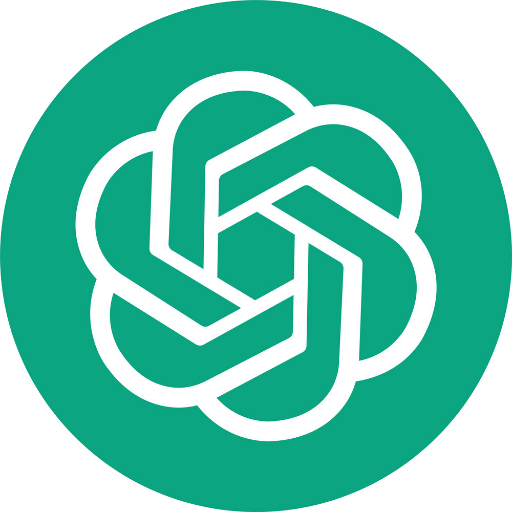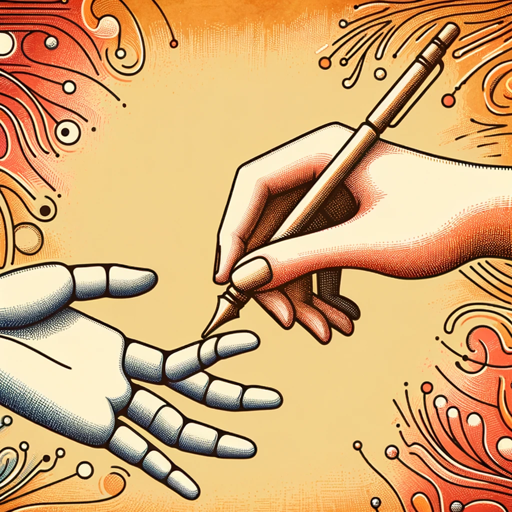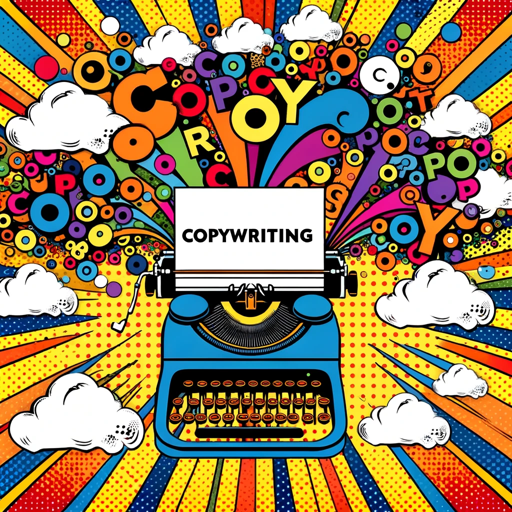Close Reading GPT-AI-powered close reading tool.
Unlock deep insights from any text with AI.
Launch Close Reading GPT
Related Tools
Load More
GPT 4
Your Chat GPT 4 assistant, here to provide expert help and engaging conversations.

Correct English GPT
Write English like a native speaker. Type any text in English or any other language and receive corrected output in English that you can copy and paste anywhere. To improve the style of the corrected text, send "s"

Literature GPT
Guide to world literature, offering analyses, biographies, and themes.

FormalGPT
Expert in professional messaging, cover letters, and CV enhancement.

Essay GPT
Offers narration, paraphrasing, citations, grammar, summarizing, and plagiarism checks

GPT Reader
A GPT that speaks your text inputs back to you ︱Paste some text, press enter, then switch to voice mode and say "start"
20.0 / 5 (200 votes)
Detailed Introduction to Close Reading GPT
Close Reading GPT is designed as a tool for in-depth analysis of written texts, modeled on the academic practice of 'close reading.' This method emphasizes careful, detailed interpretation of small sections of text, paying particular attention to language, structure, and literary devices. Close Reading GPT is tailored to aid readers, students, and scholars in exploring the nuances of a text, such as themes, tone, diction, and character development, and offers assistance in understanding both content and form. For example, if a user provides a passage from Shakespeare’s *Hamlet*, Close Reading GPT can break down the soliloquy 'To be, or not to be,' explaining its thematic exploration of existence, analyzing the tone of despair, and discussing the poetic techniques Shakespeare employs, such as antithesis and metaphor.

Main Functions of Close Reading GPT
Textual Analysis
Example
Analyzing a passage from George Orwell’s *1984*, Close Reading GPT might examine how the language in the description of 'Big Brother' creates an atmosphere of omnipresent surveillance and fear.
Scenario
A literature student wants to understand how Orwell conveys the theme of authoritarian control through subtle linguistic choices in a key passage. Close Reading GPT breaks down specific phrases and imagery to explain their deeper significance.
Vocabulary Aid
Example
For an excerpt from Charles Dickens’ *Great Expectations*, Close Reading GPT can define challenging Victorian-era terms like 'gloaming' or 'pallor' and explain their relevance in context.
Scenario
A reader unfamiliar with archaic language comes across a complex passage. Close Reading GPT assists by defining difficult words and offering insights into how those words contribute to the tone and atmosphere of the scene.
Literary Device Identification
Example
In a poem by Robert Frost, Close Reading GPT can identify and explain the use of metaphors, similes, and personification, showing how these devices enhance the poem's meaning and emotional impact.
Scenario
A poetry enthusiast wants a deeper appreciation of Frost’s use of natural imagery. Close Reading GPT identifies specific literary devices in the poem and explains how these devices work together to evoke particular emotions or ideas.
Ideal Users of Close Reading GPT
Students of Literature
Literature students at high school, university, or graduate level will benefit from using Close Reading GPT to assist in analyzing texts. Whether preparing for exams, writing essays, or seeking deeper comprehension of a work, Close Reading GPT provides a structured approach to textual analysis, helping students grasp literary elements such as themes, character motivations, and narrative structure.
Book Clubs and Casual Readers
Casual readers and book club members who want to engage more deeply with the material can use Close Reading GPT to enhance their discussions. By breaking down significant passages, identifying themes, and offering alternative interpretations, Close Reading GPT helps readers develop new insights into their favorite books, enriching their reading experience.

How to Use Close Reading GPT
Visit aichatonline.org for a free trial without login.
Begin by visiting the platform, where no ChatGPT Plus subscription is needed to try the tool. You can start using Close Reading GPT instantly without account creation.
Choose the text for close reading.
Identify and upload or paste the text passage you want to analyze. Close Reading GPT works with poems, book excerpts, speeches, or any other written material.
Define analysis focus.
Specify the aspects you want Close Reading GPT to focus on—such as themes, tone, literary devices, or character development. Tailoring your request will optimize the analysis.
Receive detailed interpretation and insights.
Based on your inputs, Close Reading GPT will generate a comprehensive breakdown of the text, exploring both its content and form, offering deep literary analysis.
Use insights for study or writing.
Utilize the results to deepen your understanding, enhance your academic writing, or prepare discussion points for study groups. Save or export the generated insights for later reference.
Try other advanced and practical GPTs
SEO Backlink Builder
AI-powered tool for superior backlink strategy.

Indian Astrology Sage
AI-Powered Vedic Astrology Guidance

Eureka by HelloScribe™
AI-powered writing and idea generation.

Translator GPT
AI-powered translations tailored for you.

Headshot GPT
Enhance Your Photos with AI

PR Creative Director
Unleash AI-powered creativity for PR.

Grammar advisor

Li Network Navigator
AI-powered career and LinkedIn expert

Copywriter GPT Pro v2.4
AI-Powered Copywriting for Every Need

Crypto Analyst
AI-powered insights for cryptocurrency analysis

Commercial Real Estate Guide
AI-powered insights for commercial real estate

FM Mentor
AI-powered guidance for FileMaker developers

- Study Aid
- Literary Analysis
- Text Interpretation
- Text Breakdown
- Critical Reading
Close Reading GPT Q&A
What types of texts can I analyze with Close Reading GPT?
Close Reading GPT supports the analysis of various texts, including poetry, fiction, essays, speeches, and academic papers. Whether you're examining a literary classic or modern prose, the tool can handle a wide range of written works.
What aspects of a text does Close Reading GPT analyze?
Close Reading GPT can analyze literary themes, motifs, tone, imagery, symbolism, and narrative structures. It also dives into word choice, syntax, and how these elements contribute to the overall meaning of the text.
How can Close Reading GPT help in academic writing?
Close Reading GPT aids academic writing by offering detailed textual analysis that can be used to develop thesis statements, support arguments, and draw connections between different literary elements, providing a deeper understanding of the text.
Can Close Reading GPT help with understanding archaic language?
Yes, Close Reading GPT can assist with difficult or archaic language by offering explanations, definitions, and context for older or more complex vocabulary, making it easier to comprehend challenging texts.
How can I customize my analysis with Close Reading GPT?
You can guide the tool to focus on specific elements like themes, character development, or literary devices. Providing a clear focus helps generate insights that are more aligned with your goals for the text analysis.